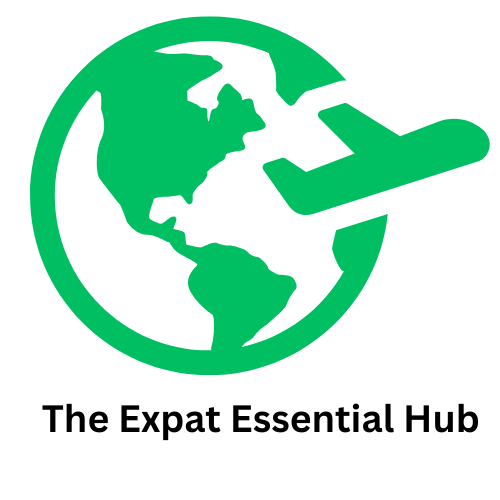
Exploring Western Sahara: Africa's Enigmatic Last Colony
In the breathtaking expanse of the Sahara Desert lies Western Sahara, often hailed as Africa’s last colony. With its stunning landscapes and complicated historical backdrop, this territory has remained a point of contention since the late 19th century. Today, it stretches over 266,000 square kilometers, boasting a diverse desert ecosystem yet harboring significant political unrest. With a population of approximately 600,000, the Sahrawi people continue to strive for recognition and autonomy, stitched together by a cultural fabric torn by the ongoing conflict.
The Historical Roots of Discontent
Understanding Western Sahara's current predicament necessitates a glance at its colonial past. Originally colonized by Spain in the late 1870s, the region existed under minimal resistance until the rise of the Polisario Front in the 1970s. This paramilitary organization sought to liberate Western Sahara from Spanish rule, ultimately leading to Spain’s withdrawal in 1975. However, rather than achieving freedom, the Sahrawi people faced a new challenge: a territorial dispute between Morocco and the Polisario Front that persists to this day.
The Moroccan Western Sahara Wall: A Dividing Line
One of the most striking features of the Western Sahara landscape is the Moroccan Western Sahara Wall, also known as the Berm. This man-made barrier, built between 1980 and 1987, stretches an astonishing 2,700 kilometers and is constructed of sand and stone, surrounded by trenches and landmines. Unlike the Great Wall of China, which represents historical grandeur, the Berm stands as a grim testament to conflict, splitting Western Sahara into two distinct zones - one governed by Morocco and the other claimed by the Polisario Front. This wall is not just a physical barrier; it symbolizes the emotional and cultural divides faced by the Sahrawi people.
Political Complexity: International Responses
A crucial aspect of the ongoing struggle for independence is the varied stance of global powers on Western Sahara's political status. The United Nations lists it as a “non-self-governing territory,” with around 40 to 45 member countries recognizing different facets of the Sahrawi Arab Democratic Republic (SADR). Countries such as Algeria, South Africa, and Cuba have shown unwavering support for Sahrawi sovereignty, while others like several European nations maintain a cautious approach. This international division complicates diplomatic resolutions and prolongs the humanitarian struggles of the Sahrawi population.
Social Divides and Cultural Resilience
The lives of those living in Western Sahara are deeply affected by this conflict. Families find themselves separated by the Berm, with many Sahrawi individuals living in refugee camps in Algeria where they continue to advocate for their rights. Despite the hardships, a vibrant cultural spirit endures. Festivals celebrating music, dance, and traditional crafts are testaments to their cultural resilience. The Sahrawi people exemplify the struggle for identity and autonomy, reinforcing their commitment to independence and preserving their rich cultural heritage amidst adversity.
Future Prospects: The Path to Independence?
As discussions surrounding Western Sahara's fate continue, a hopeful narrative emerges. Some analysts suggest that increased international attention and advocacy for human rights may pave the way for a reconsideration of territorial claims. Further, with the global situation evolving, there’s an opportunity for peace negotiations to be reignited. Initiatives focusing on humanitarian aid, economic support, and cultural exchanges might foster dialogue and understanding, bolstering the quest for Sahrawi independence.
Conclusion: Engaging with Western Sahara's Legacy
Western Sahara's journey reflects broader themes of colonialism, resistance, and the pursuit of self-determination. For professionals, entrepreneurs, and digital nomads exploring this unique territory, understanding its complex political fabric and rich cultural history is essential. As we lean into a future where dialogues on freedom and identity are increasingly relevant, there are lessons to draw not just from Western Sahara, but similar global struggles. Engaging with the narratives of those in the region can foster a deeper connection and inspire change.
 Add Row
Add Row  Add
Add 




Write A Comment